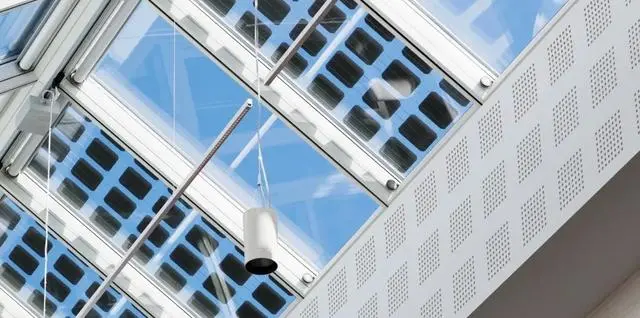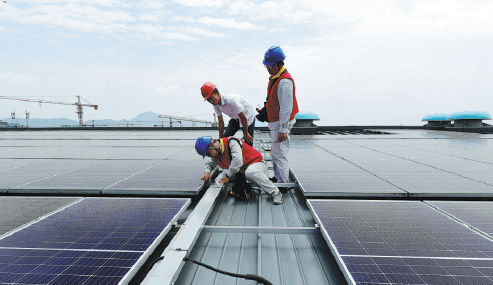Distributed photovoltaics (PV) come with certain risks that need to be managed effectively. Here are some common risks associated with distributed PV and suggestions on how to manage them:

Technology Risks
Distributed PV systems may face technology-related risks such as module degradation, inverter failures, shading issues, or system malfunctions.
To manage these risks, it is important to select high-quality PV modules and inverters, ensure proper system design and installation, and conduct regular inspections and maintenance.
Monitoring the system’s performance and addressing any issues promptly can help mitigate technology risks.
Economic Risks
Economic risks include uncertainties in electricity prices, changes in policies and regulations, and market volatility. To manage economic risks, it is essential to conduct a thorough economic analysis and return on investment assessment before undertaking a distributed PV project.
Stay updated on local and national energy policies and regulations to understand potential changes that could impact the project’s financial viability.
Additionally, explore financial incentives and power purchase agreements to mitigate economic risks.
Regulatory and Policy Risks
Regulatory and policy risks arise from changing or inconsistent regulations that affect distributed PV deployment.
To manage these risks, it is important to stay informed about relevant regulations and policies at local, regional, and national levels. Engage with policymakers and industry associations to advocate for stable and supportive policies that promote distributed PV.
Regularly review and comply with permit requirements and interconnection processes to ensure regulatory compliance.

Operations and Maintenance Risks
Effective operations and maintenance are crucial for the long-term performance and reliability of distributed PV systems. Risks can arise from inadequate maintenance, insufficient monitoring, or delays in addressing system issues.
To manage these risks, develop a comprehensive operations and maintenance plan, including routine inspections, cleaning, and system performance monitoring.
Establish contracts or partnerships with qualified maintenance service providers to ensure timely maintenance and troubleshooting.
Safety and Insurance Risks
Safety risks involve potential accidents, fire hazards, or electrical issues associated with distributed PV systems.
To manage safety risks, ensure compliance with electrical and safety codes and standards. Install appropriate safety devices, such as fire detection and suppression systems, and provide appropriate training for personnel involved in system operations.
It is also essential to have proper insurance coverage, including property insurance and liability insurance, to mitigate potential financial risks in case of accidents or damages.
Environmental Risks
Environmental risks may include extreme weather events, natural disasters, or environmental impacts associated with the manufacturing and disposal of PV modules.
To manage these risks, design and install PV systems considering local climate conditions and building codes. Engage with environmental authorities and adopt sustainable practices throughout the project lifecycle, including responsible sourcing, recycling, and waste management.
Managing these risks involves a combination of proactive planning, regular monitoring, compliance with regulations, and engaging with qualified professionals. Conducting thorough assessments, implementing proper maintenance protocols, staying updated on industry developments, and ensuring compliance with safety standards and regulations are key to successfully managing the risks associated with distributed PV.


